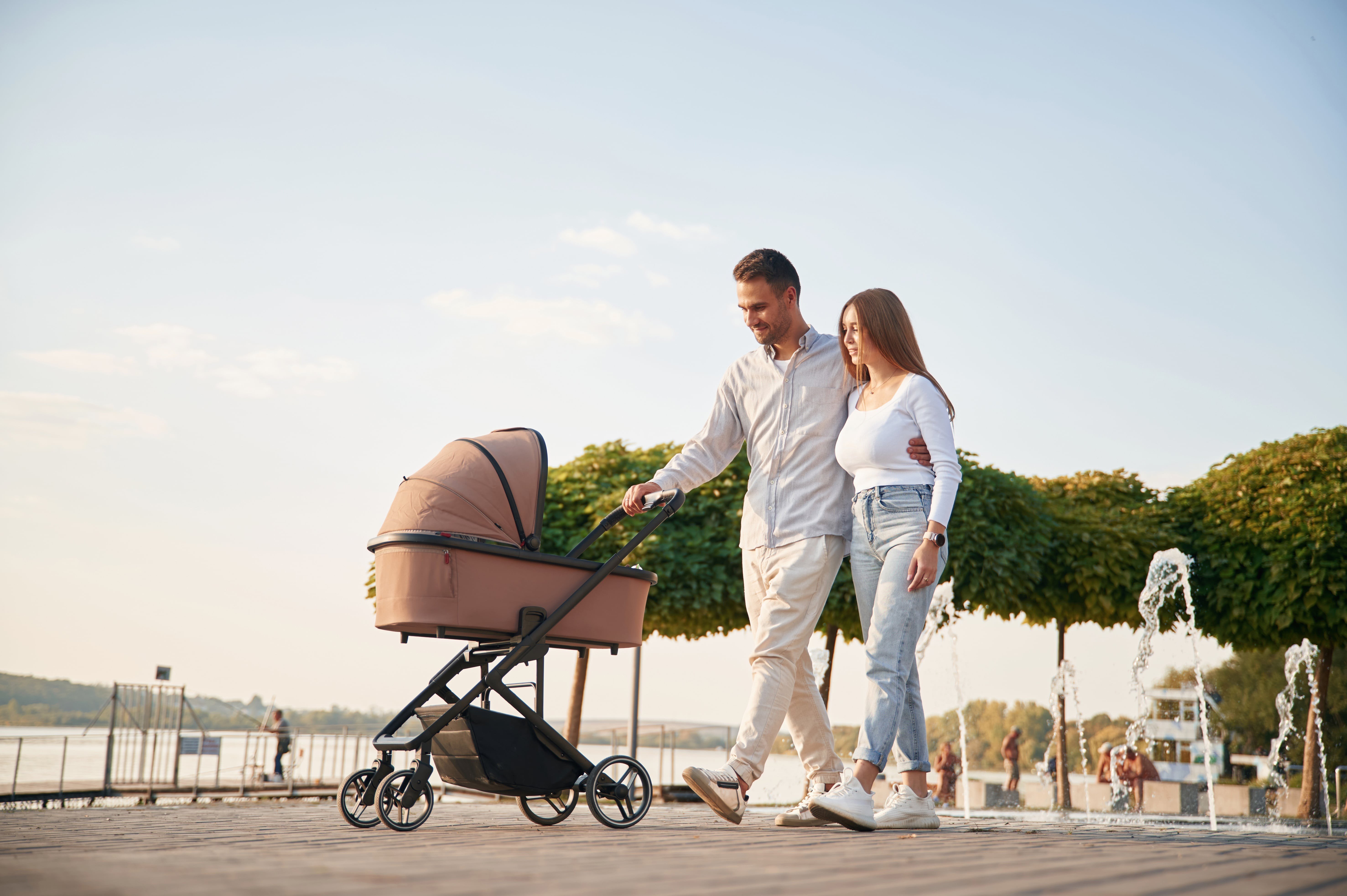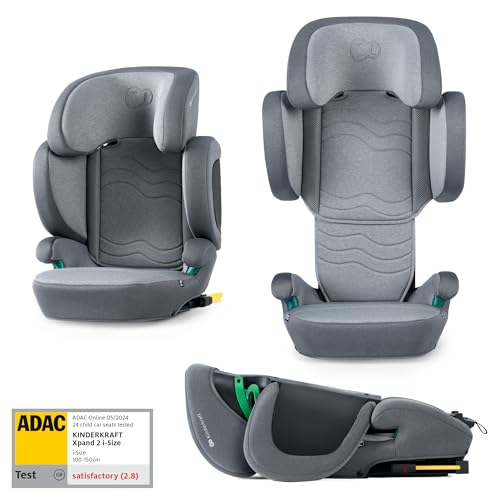What To Say About Pushchair And Pram To Your Boss
페이지 정보
작성자 Marietta 작성일 25-09-27 20:43 조회 9 댓글 0본문

Understanding Pushchairs and Prams: A Comprehensive Guide
When it pertains to baby movement, the terms "pushchair sale" and "pram Centre" are typically used interchangeably. However, they represent unique kinds of baby carriers, each engineered for specific stages of a kid's advancement and varied parental requirements. This short article digs into the important distinctions in between pushchairs and prams, their functions, types, and factors to consider for brand-new moms and dads.

What is a Pushchair?
A pushchair, commonly called a stroller in some areas, is designed for children who can sit up independently. Generally, pushchairs are modern, light-weight, and have a seat that can be reclined for included convenience. They might also include a five-point harness to guarantee the kid's security while on the go.
Secret Features of Pushchairs
- Lightweight Design: Most pushchairs are made from lighter materials, making them simple to steer and transport.
- Adjustable Seats: Many models use recline alternatives, accommodating resting or active positions.
- Canopy: Most pushchairs come geared up with a sunshade or canopy to protect the kid from sun direct exposure.
- Storage Space: They usually include a lower storage basket, ideal for holding diaper bags or shopping.
Typical Types of Pushchairs
- Requirement Pushchairs: Traditional alternatives ideal for children who can sit separately.
- Umbrella Strollers: Lightweight, compact, and easy to fold; ideal for taking a trip.
- All-Terrain Strollers: Built with bigger wheels for off-road capabilities and smooth rides on varied surfaces.
- Travel Systems: Combines a stroller and an infant safety seat, allowing moms and dads to move their child flawlessly.
What is a Pram?
A pram, brief for "perambulator," is primarily developed for infants, normally from birth until approximately 6 months. Prams are structured with a flat lying position that supports a newborn's anatomy, guaranteeing they are nestled appropriately.
Key Features of Prams
- Flat Bed Design: Prams have a completely flat bed, which is important for young babies who need to lie flat for comfort and health.
- Stylish Aesthetics: Many prams boast vintage or classic styles, typically seen with luxurious fabrics and appealing finishes.
- Suspension System: Quality prams typically include a suspension system to supply a smoother ride over rough surface.
- Extended Canopy: Extended sun protection and rain covers are typical.
Common Types of Prams
- Timeless Prams: Featuring a conventional style, these are often styled to evoke fond memories.
- Convertible Prams: These can rapidly switch from a pram to a pushchair and generally grow with the kid.
- Light-weight Prams: More compact than standard prams, making them much easier to transport.
Differences Between Pushchairs and Prams
| Function | Pushchair | Pram |
|---|---|---|
| Use Case | For kids who can sit up | For newborns and babies |
| Design | Upright seat with reclining option | Flat bed for lying down |
| Weight | Usually lighter | Heavier due to sturdy construction |
| Density | Folds easily and compactly | Might be bulkier, depending on style |
| Age Range | 6 months to 4 years or older | Birth to around 6 months |
| Cost Range | More inexpensive options available | Often more costly due to products and style |
Selecting Between a Pushchair and Pram
When selecting between a pushchair and a double pram, several aspects require factor to consider:
- Age of the Child: Newborns require a pram; older babies and toddlers will be more comfy in a pushchair.
- Lifestyle Needs: Parents who travel frequently might choose light-weight pushchairs, while those trying to find comfort in style may favor prams.
- Budget: Prams can range from moderately to high-priced; trustworthy pushchairs can deal with budget-conscious consumers.
- Storage Space: Consider how easily the picked design can fit in your vehicle trunk or home storage.
FAQs
Q1: Can I utilize a pushchair for a newborn baby?
While particular pushchairs are created with reclining functions that might accommodate babies, it is generally suggested to use a pram or specially developed infant safety seat for newborns.
Q2: Are travel systems worth the financial investment?
Travel systems can supply convenience by combining a safety seat and a stroller. They allow for smooth transition from vehicle to stroller, which numerous moms and dads discover indispensable.
Q3: How do I maintain my pushchair or pram?
Routinely clean the fabric, look for mechanical issues, and oil the wheels. Ensure to follow particular care instructions provided by the producer.
Q4: What is the weight limit for pushchairs and prams?
Weight limitations vary by design: usually, pushchairs accommodate as much as 50 pounds, while prams fit babies approximately 30 lbs. Constantly refer to the producer's standards.
Q5: Is it necessary to have a rain cover for my pushchair or pram?
Yes, a rain cover can protect your child from rain and wind, maintaining comfort while avoiding damp clothing.
In summary, pushchairs and prams serve important however unique functions in the movement landscape for parents and caregivers. Choosing the ideal design depends upon the child's age, lifestyle needs, and family choices. By understanding the characteristics, benefits, and differences between pushchairs best and prams, parents can make informed decisions that guarantee comfort and security for their kid. Whether strolling through the park or browsing busy streets, the ideal movement service is out there waiting.
- 이전글 Who's The Most Renowned Expert On Bi Fold Door Repair?
- 다음글 Do Not Buy Into These "Trends" About Express Driver's License Costs
댓글목록 0
등록된 댓글이 없습니다.

